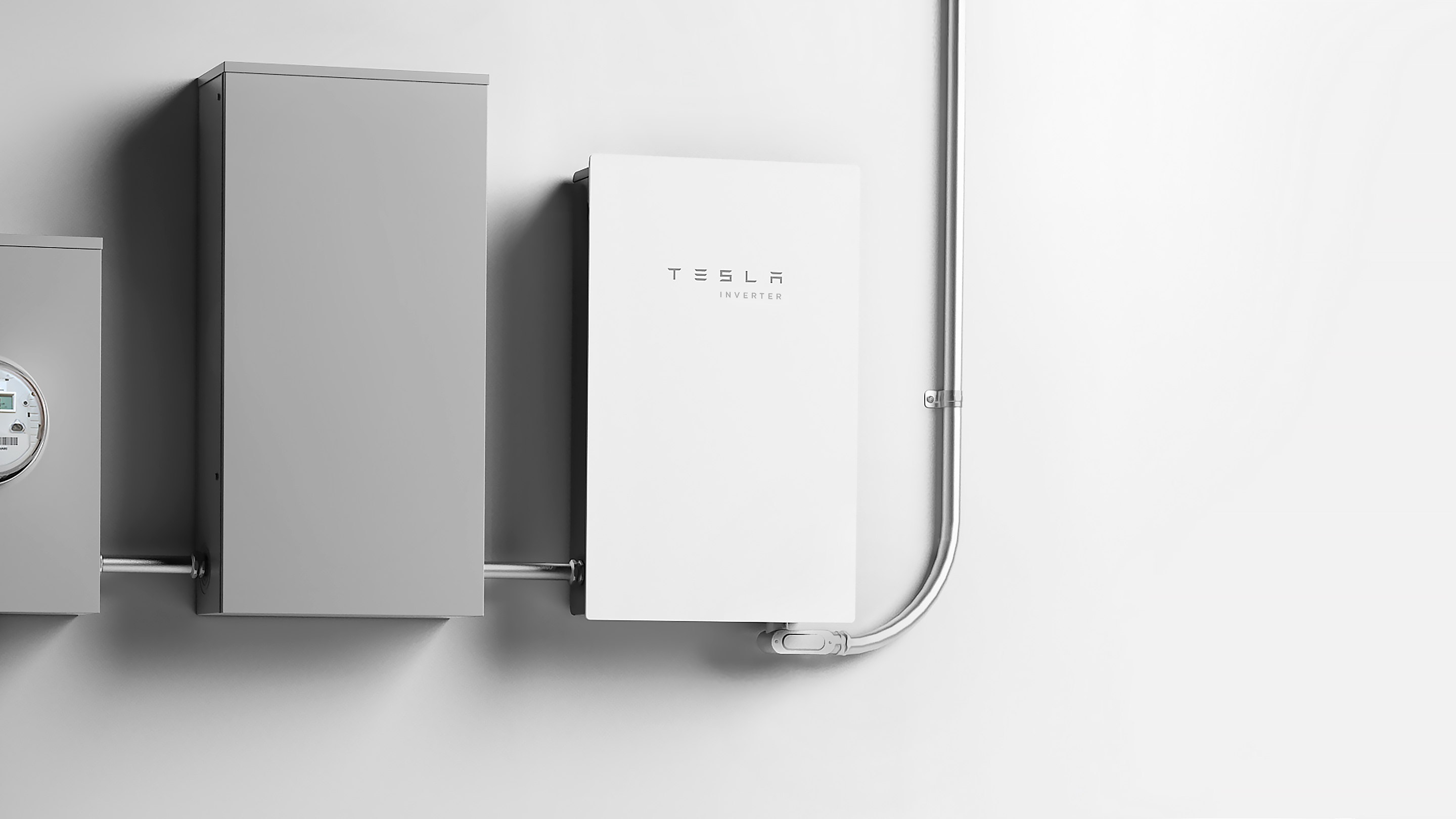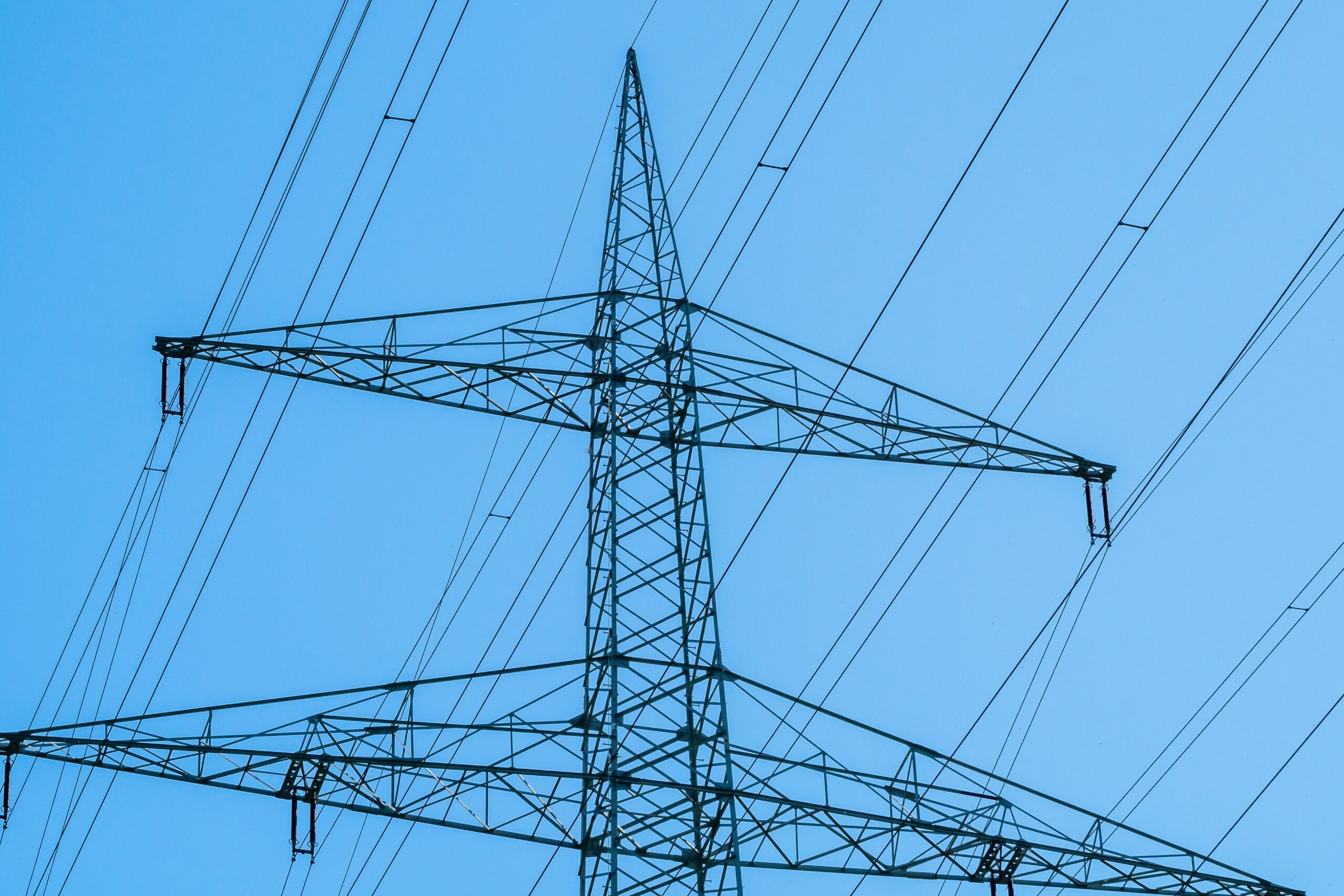Tesla just released its own solar inverter. What is an inverter and why is this an important move?
Read the point of view of a solar installer.

What is an inverter?
Solar panels generate DC (Direct Current) energy. An inverter converts the DC electricity generated by solar panels into AC (Alternate Current). Your home and most buildings all run on AC. Solar panels can only produce DC power, so you need a machine to convert from DC to AC. That machine is called an inverter.
The residential U.S inverter market
The U.S. residential market was dominated by string inverter manufacturers like the German brand SMA or the Austrian Fronius until microinverters and optimizers started to compete on roofs that had shading and needed optimization. Enphase and AP Systems are the leading brands producing microinverters and SolarEdge leads the pack with Optimizers. Then came the Rapid Shutdown requirements in the NEC (National Electric Code) updates of 2014 and 2017 that moved the market in the last years decisively towards optimizers and micros. Solar panels changed over time and more bypass diodes got added to solar panels that shutdown sections of a solar panel when there is shading on that specific section, so optimization becomes less of an issue. SMA also launched their ShadeFix software integrated in their string inverters, but Enphase and SolarEdge are so well represented and anchored in the US market that string inverters are just not that popular in the U.S. Other nations and continents don’t have these rapid shutdown rules and string inverters are dominant in Europe for example.
How is the Tesla Inverter Different?
Tesla has many years of experience building inverters for their cars, Poweralls and Power Packs. It looks like some engineers finished designing some great cars and Powerwalls and had some spare time and figured they might as well launch their own solar inverters. If you have dough and you have a bakery, why not make some more bread? Just bake bread in a different shape. I am over simplifying things, but Tesla had all the ingredients to bake more bread. It’s also a brilliant move to create a more vertical integration. Tesla now produces their own solar panels (both regular panels and the Tesla Glass roof), their racking as they bought ZEP racking years ago. Tesla has also their own monitoring and app for their connected products that get software updates over the air. The only main component of a solar energy system they didn’t produce themselves was indeed the inverter. The Tesla inverter is different because it integrates into an existing ecosystem. It also pushes back on micro and optimizers with rapid shutdown enabled inverter under 1 brand. SMA has rapid shutdown through Tigo (partially owned by SMA) or through JMS devices. Fronius has also different devices but not all of them are fully rapid compliant in all situations. So having all components to make a string inverter rapid shutdown compliant is new ,I think.
Why should I care?
Lower prices.
An inverter is a complex electronic machine that’s fragile and sensitive to temperature, humidity, etc. When Enphase launched their first line of microinverters they had a high failure rate. It’s not easy to design an electronic device that will be baking in the sun on a roof and to comply and proceed with all the UL certifications and international requirements.
In other words, there is a significant barrier to entering the inverter market. Tesla enters this market like it’s nothing. Quite remarkable.
Other inverter brands can stay their course unaffected, or adapt and change their price or other competitive advantages. I’d be surprised if the 2 titans in the U.S. resi inverter market (SolarEdge and Enphase) don’t react and would be fine with losing market share without a response. The market is also growing so maybe there is room for more competitors without price pressure. We’ll see, but I would guess that the inverter prices in general would go down.
Tesla Inverter Specs:
- Built on Powerwall 2 technology for exceptional efficiency and reliability
- Wi-Fi, Ethernet and cellular connectivity with over-the-air updates
- Designed to integrate with Tesla Powerwall and Tesla app
- 3.8 kW and 7.6 kW models available
|
Power 7.6 kW inverter with 4 MPPT 97.5% efficiency |
Installation |
| Size 26″ x 16″ x 6″ 660 mm x 411 mm x 158 mm |
Certifications |
| Weight 52 lbs |
Safety |
| Warranty 12.5 years |
- Rapid shutdown compliance and arch fault detection by installing 1 little box for every 3 solar modules.
- String length of min 3 to max 13 or 14 panels per string depending on the panels.
- Lowest voltage 60V (this is the start voltage of the inverter)
- The inverter can use frequency modulation to selectively reduce the energy production of the solar energy system.
Remaining Questions:
Open API:
Many inverter brands have an open API to connect our in-house systems directly to their monitoring systems and databases. At Ipsun we built our own app to connect to different inverter brands. We therefore hope that Tesla will have an open API allowing us to integrate Tesla inverters in our monitoring fleet.
Price:
We don’t know the price yet, but having worked with Tesla for some years, I would guess they would price it aggressively, even lower than string inverters.
Consumption monitoring:
Enphase has a cool feature where we can install CTs to measure a home’s energy consumption and overlay it with the solar production. Since Tesla has CTs for their Powerwalls it can do the same, but I wonder if a Tesla Inverter installation without a Powerwall will have the same CT capability. I assume it will, but I am waiting on confirmation
How will others brands adapt?
Ipsun is a Gold Installer for Enphase and we have a significant fleet of SolarEdge and SMA inverters out there. We’ll see how our partners and customers react to Tesla entering the inverter market.
Logistics, monitoring and other details
When we analyze new products we sometimes see a great design and great product, but as an installer we need a lot more than just that. We need a lengthy warranty from the manufacturer. We also need products available in our warehouse when we need it with good payment terms. Additional help with marketing and receiving samples always helps. The good things is that we already work extensively with Tesla, so most of these are already resolved. Tesla’s app already integrates with all their other products. It’s impressive that Tesla built an eco-system and just add one more product to their mix.
Will Ipsun use Tesla Inverters?
We have a monthly “New Product” meeting to review, debate and analyze new products before we launch new products and we have not talked about Tesla Inverters yet. Ipsun is not launching the new Tesla Inverter until it clears the “New Product” meeting, but we’ll analyze and see if it benefits our customers, fits within our strategy and we’ll review this with our partners.
If inverters were cars:
I found a funny comparison between inverters and car brands back in 2017. I guess we’ll have to update the post.
Disclaimer:
Ipsun Solar is a Certified Tesla Installer for several of Tesla’s products like Powerwalls, EV chargers, solar panels etc, and an Enphase Gold Installer. We’re also through Amicus at the highest level of SMA’s Power Up program for installers. We have not seen or installed the Tesla Inverter yet. As soon as it’s available we’ll buy one for our Ipsun Academy where we test systems and train our employees.
Feel free to comment or reach out to me if you have questions or suggestions.




